Greece is renowned for its ancient history, breathtaking landscapes, and delectable cuisine. Among the treasures of Greek gastronomy lies "Horta," a collection of wild greens and herbs often overlooked by the world but cherished by locals for its culinary and health benefits.
Horta: A Greek Tradition
Horta, derived from the Greek word for "greens" or "herbs," encompasses a wide variety of wild, leafy greens and edible herbs that thrive in the Greek landscape. These greens are gathered from the fields, forests, and gardens across Greece, and they've been an integral part of Greek cuisine for centuries. Horta is more than just a culinary tradition; it's deeply rooted in the Greek way of life, connecting people to the land and their ancestors.
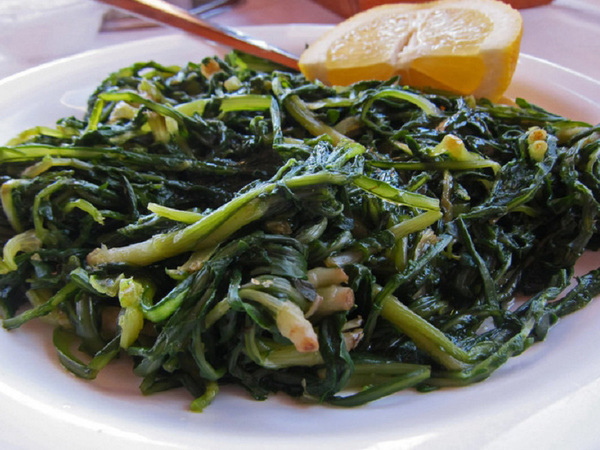
A Nutrient Powerhouse
Horta has earned its status as a superfood due to its remarkable nutrient profile. These greens are low in calories but rich in essential vitamins and minerals. Among the most common horta varieties are dandelion greens, amaranth leaves, chicory, and purslane, all packed with vitamins A, C, and K, as well as iron, calcium, magnesium, and potassium. Additionally, horta is a abundant source of dietary fiber, promoting digestive health.
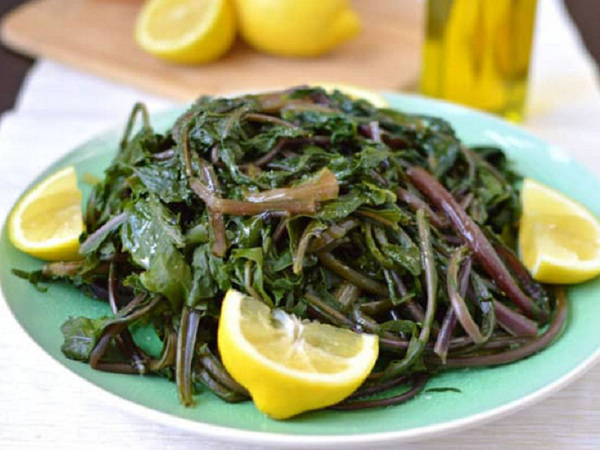
Antioxidant-Rich Goodness
Horta boasts an array of antioxidants, evident in its vibrant colors and including carotenoids like lutein and zeaxanthin. These antioxidants play a vital role in combating harmful free radicals in the body, thus reducing the risk of chronic diseases and supporting overall well-being.
Supporting Heart Health
Horta, a prominent element of the Mediterranean diet, is associated with heart health. Its high potassium content aids in blood pressure regulation, while its fiber content helps lower cholesterol levels, contributing to cardiovascular well-being.
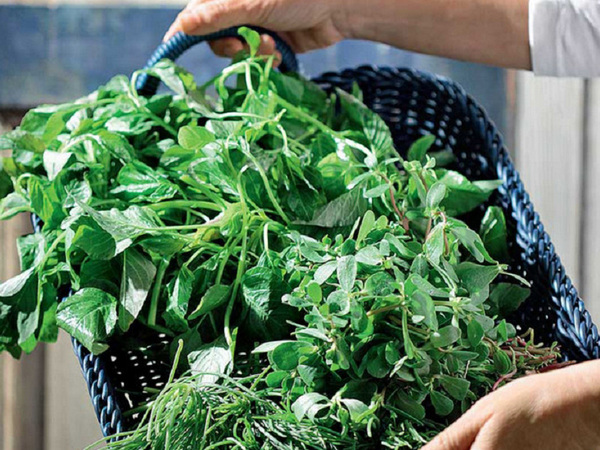
Aiding Digestion
Rich in fiber, horta not only promotes heart health but also facilitates digestion by supporting regular bowel movements and a healthy gut microbiome. Often consumed as a side dish to heavier meals in Greece, horta aids in balancing the digestive process.
The Ritual of Harvesting and Cooking Horta
Harvesting and cooking horta is a cultural tradition in Greece, fostering community and a connection to the natural environment. Families often embark on outings to gather horta, making it a cherished ritual.
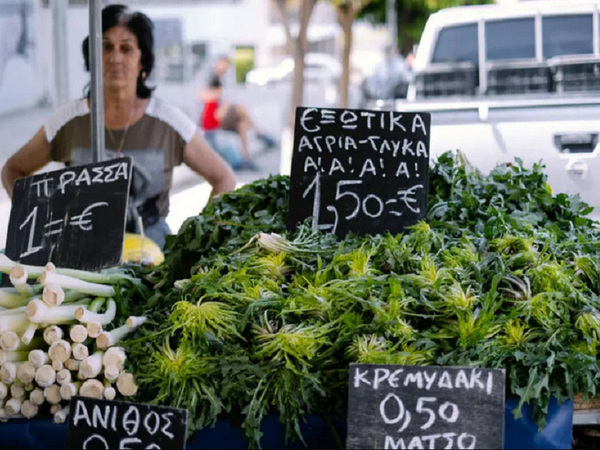
Preparing horta involves meticulous washing and blanching to remove dirt and bitterness. Once blanched, the greens can be prepared in various ways. A simple yet classic method involves sautéing them in olive oil and garlic, seasoned with salt and lemon juice, preserving their natural flavors and nutritional benefits.
Varieties of Horta
The world of horta offers a diverse array of options throughout Greece. Some popular varieties include:
Chicory (Roka):Prized for its subtle bitterness, chicory adds a unique touch to salads and sautéed dishes with olive oil and lemon.
Dandelion Greens (Radikia): Tender and slightly bitter, dandelion greens are often dressed with olive oil and lemon juice.
Amaranth Leaves (Vlita): With a delicate, earthy flavor, vlita is commonly used in soups and stews.
Purslane (Glistrida): A succulent green with a lemony tang, ideal for salads or sautés.
Wild Spinach (Spanaki tou Voukourestiou): Versatile and akin to traditional spinach, this variety suits various recipes.
Nettle (Tsouknida): Despite its sting, nettle is nutritious and can be blanched for use in pies and soups.
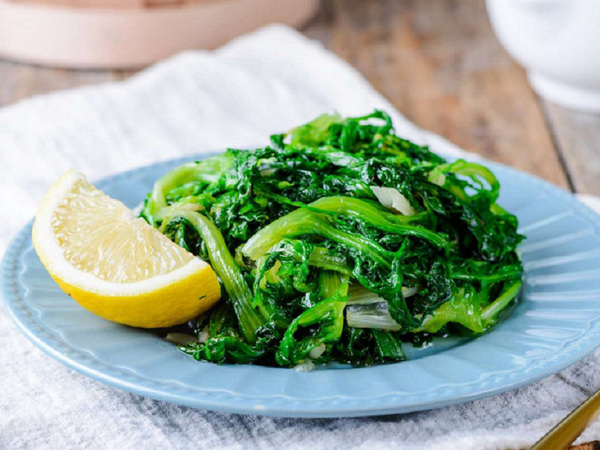
Horta embodies Greek culture, nature, and tradition, transcending its status as a superfood. Its rich history, nutritional benefits, and culinary versatility make it a beloved component of Greek cuisine, gaining recognition worldwide.
As we embrace the importance of whole, unprocessed foods, horta stands as a testament to the nourishing potential of simple ingredients from the earth, bridging us to our heritage. Whether enjoyed as a side dish, salad, or main course, horta invites us to partake in a tradition cherished by generations of Greeks, thriving in today's global culinary landscape.












